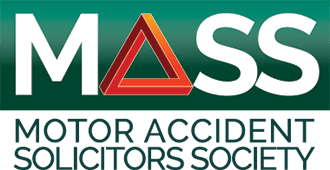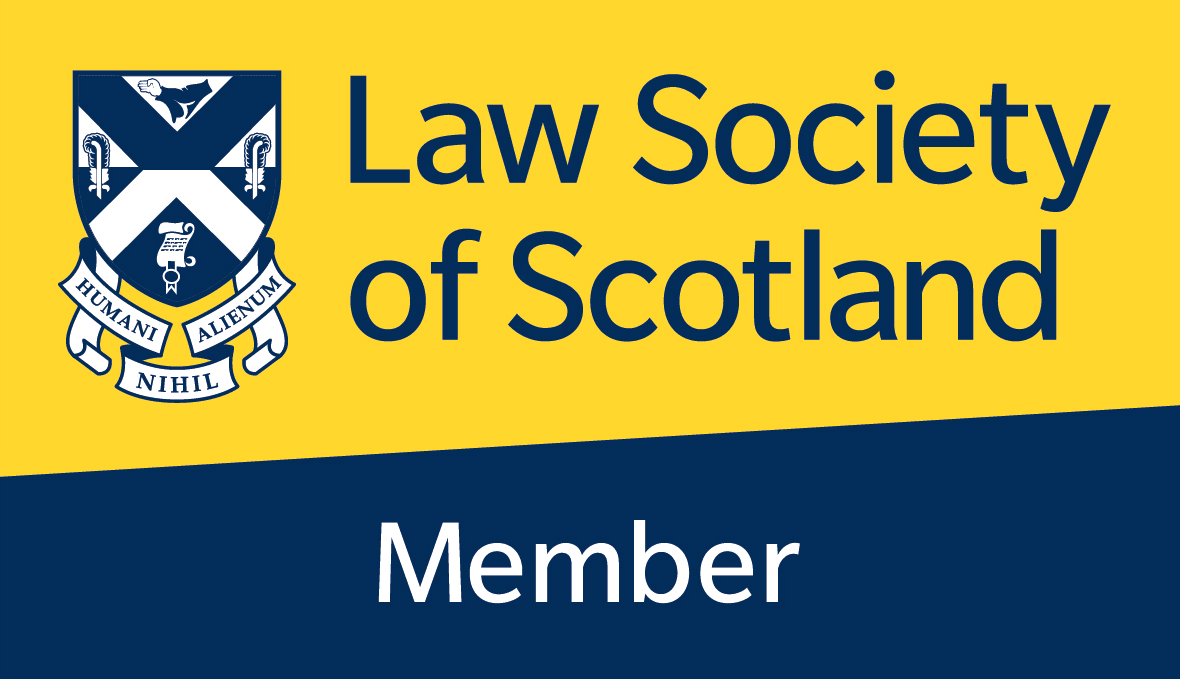Workplace Accidents & Injury – Transport
Being struck by a moving vehicle was the third highest cause of accidental death in the work place, after falls from a height and being struck by a moving or falling object.
Have you been injured in an accident at work which wasn’t your fault? You may be entitled to compensation.
Call us for free initial advice on +44 131 225 5214, or fill out our online enquiry form.
About Workplace Accidents & Injuries involving Transport
Work place transport accidents in the years 2008 to 2009 resulted in over 5000 injuries and 45 workers having fatal accidents.
These figures do not include workers injured or killed or public roads while driving to work.
Forklift trucks are the vehicles most commonly involved in accidents, but there is a significant number of accidents involving large goods vehicles.
Transport accidents form a substantial part of Lawford Kidd’s work accident department. You will receive expert advice from a specialist solicitor if you are involved in a work place transport accident.
The most common accidents with work place transport reported to the Health and Safety Executive are:
• People struck by moving vehicle
• People falling from a vehicle
• People injured while inside a vehicle during a collision
• Materials falling from vehicle onto a person
• Collapse/overturn of a vehicle (injuring the driver)
Around a quarter of all work place vehicle related deaths occur when a vehicle is reversing.
Transport Accident & Injury at Work - The Law in Scotland
In Scotland there are various laws that apply in respect of transport accidents at work and our Scottish solicitors based in Edinburgh can help provide free initial advice on how these might apply to you.
The Management of Health and Safety at Work Regulations 1999 require employers to carry out risk assessments. If there is ever any vehicles on your work site, there should have been a risk assessment involving these vehicles.
The Work Place (Health, Safety and Welfare) Regulations 1992 require work places to be suitably organised to allow vehicles and pedestrians to move around safely. There should be adequate lighting and the ground should be even and free from potholes.
Other requirements include separation between vehicles and pedestrians, suitable indication of traffic routes and traffic routes free from obstructions.
The Provision and Use of Work Equipment Regulations 1998 require all work equipment to be fit for purpose, maintained and inspected. Additional requirements apply to lift trucks which carry a seated ride-on operator. These requirements are covered by the Lifting Operations and Lifting Equipment Regulations 1998.
A number of accidents Lawford Kidd have dealt with relate to forklift trucks. Commons examples are accidents where a forklift has reversed or changed direction without a proper visual check being kept for pedestrians in that area.
Accidents can also happen when vehicles are not stored properly. Lawford Kidd is currently pursuing a personal injury claim for a store man who tripped on the forks of a lift truck that had not been properly parked.
John Blackburn, the principal HSE Inspector in Edinburgh, presented a paper on work related transport. He stressed that in a period of 5 years 70 people had been killed and 2000 injured in transport related accidents. He stressed there were four main risks:
1) Being struck by a vehicle particularly when reversing
2) Falling from a vehicle
3) The vehicle overturning
4) Hazards from the load
Although driver error was often the immediate cause, other factors played apart such as poor traffic control, unsafe systems of work and poor training, supervision and monitoring.
This article gives you guidance on the proper work systems that relate to traffic circulation at work and the problems that can arise.
Case study:
Our client was involved in an accident at work in 2010. He was crushed in the back of a refuse lorry, and sustained serious his pelvis injury. He has since been unable to return to his old job. After a number of expert reports and with a trial in the near future, the Defender has made an offer. Our workplace accident solicitors are currently negotiating a settlement.
Accident Claims Edinburgh, Glasgow, Scotland - Contact Lawford Kidd Today
If you are involved in an accident in Edinburgh, Glasgow, Aberdeen, Dundee, or elsewhere in Scotland you should contact Lawford Kidd for expert advice immediately on +44 131 225 5214. You will speak to a specialist lawyer who will give advice at no cost.
We're here to help
Talk to one of our expert compensations lawyers today
Call us on +44 131 225 5214
![mass[1] mass[1]](https://www.lawfordclaims.com/wp-content/uploads/elementor/thumbs/mass1-qxo43kbvxet7ottt5swg3jwwyhvrex4o7ahww01r7k.png)
Accreditations & Memberships


Get 100% of the compensation you deserve
Talk to one of our expert compensations lawyers today
Call us on +44 131 225 5214
Or you can start your claim using our online claim form

